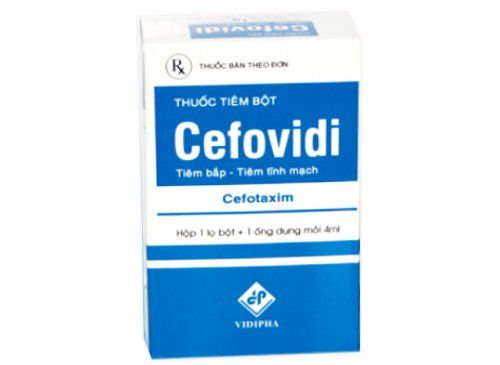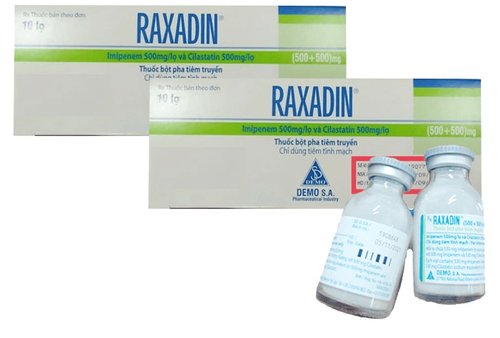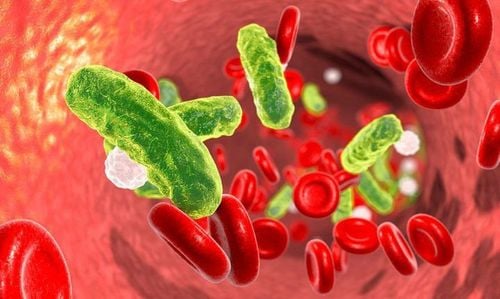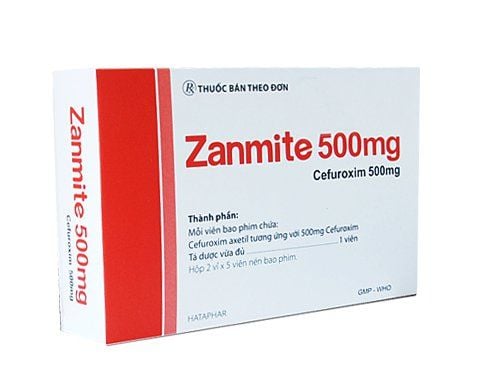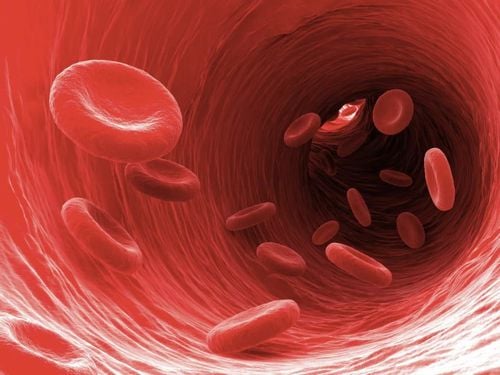This is an automatically translated article.
The article is professionally consulted by Master, Doctor Tran Thi Vuong - Doctor of Microbiology - Laboratory Department - Vinmec Hai Phong International General HospitalBlood culture, bacterial culture is being considered as a test to find out agents such as bacteria, fungi, and fungi that cause sepsis.
1. Purpose of blood culture, bacteria culture
In recent years, the number of cases of sepsis has increased, with an average of 18-20 million deaths each year worldwide. This is an alarming number and requires the medical industry to find out the cause so that the patient can be treated more effectively.Sepsis is a severe acute infection caused by bacteria/fungi circulating in the blood, manifested by systemic symptoms, which can lead to septic shock and multi-organ failure at a rate high mortality (from 20-50%).
Blood cultures are extremely important in the treatment of sepsis, being the gold standard for diagnosing sepsis. The blood sample is cultured in a special environment in the laboratory and incubated (controlled environment) for 1 to 7 days, the doctors will find out what kind of bacteria is causing the disease.
Only when the cause of the disease is found, can doctors use effective drugs and treatments, providing a chance to live and reducing the burden on patients and their families.
The most appropriate time to draw blood is when the patient is feverish, or when the patient has chills or is shivering before the fever. The doctor should draw blood before the patient takes antibiotics, if you are taking antibiotics, you should stop antibiotics for at least 24 hours, or blood culture at the time before taking the next antibiotic dose of the day.
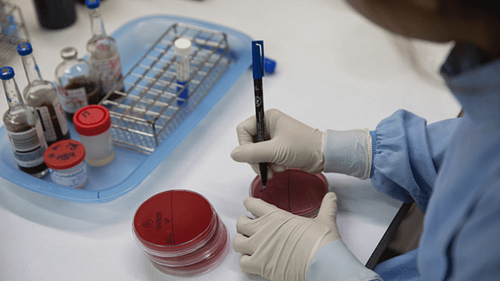
2. Blood culture process, bacteria culture
2.1 Notes before carrying out blood culture, bacteria culture Need to disinfect the skin with 70% alcohol, wait for it to dry before pricking the needle to draw blood. In adults, a blood sample of 8 to 10 ml of blood is collected for inoculation into a 50 ml blood culture medium. In digital babies, the amount is only 3-5ml, babies can take 2-3ml. Normally, the volume of blood taken for culture should be 1/10 or a maximum of 1/5 of the volume of blood culture medium.2.2 Steps to carry out blood culture Step 1: Write on the blood culture bottle the following information: Full name, age of patient, date and time of blood collection, department of treatment (if the patient has multiple blood cultures, the number must be specified clearly. blood cultures in blood culture bottles and test sheets).
Step 2: Take venipuncture, operate ABSOLUTELY Sterile, if a venipuncture fails to collect blood, it must be re-collected with another needle, absolutely do not let the needle touch anything.
Step 3: Open the protective cap of the blood culture bottle, disinfect the rubber stopper side of the bottle with alcohol 70 degrees, wait for it to dry (do not use iodine alcohol), poke the needle through the rubber stopper, inject blood directly into the bottle, shake the bottle blood cultures to ensure that the blood is evenly mixed.
Step 4 . Immediately transfer the blood culture bottle and test request form to the Department of Microbiology as soon as possible.
Step 5 . Store in an incubator (with a normal blood culture vessel) or in an automatic blood culture machine at 35°C (with a blood culture bottle) and monitor daily.
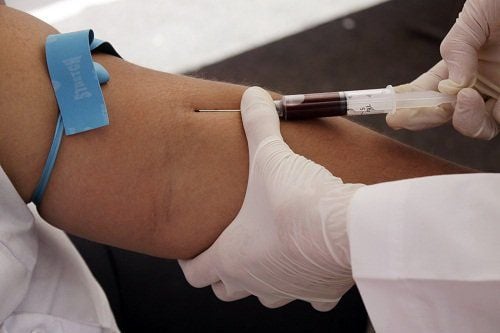
Step 2 . Incubate at 35 degrees C/24 hours, next day check colonies, Gram stain to see the shape and color of bacteria/fungi, continue to use appropriate chemicals and biological products to test biological properties chemistry, as identifiers to identify bacteria/fungi species and make antibiograms.
Step 3 . Immediately return the results to the clinician when the antibiogram results are available.
Step 4 . If negative: Incubate with normal blood culture vessel until day 7 (with blood culture bottle of automatic blood culture machine, machine will automatically report negative after 5 days), make Gram stain and culture on blood agar at 35 degrees C/24 hours. After 24 hours, if no colonies are grown, the result is negative and the test results are returned to the clinician.
Interim results should be regularly communicated to the clinician whenever there is evidence of bacterial growth with the interim results answer sheets.
Currently, the emergency dialysis technique for patients with multi-organ failure is being applied at Vinmec International General Hospital. With a system of modern machinery and a team of highly qualified and experienced doctors and nurses, Vinmec is committed to the best protection for patients' health.
Vinmec uses a modern, new, multi-featured machine system. Fresenius multiFiltrate continuous dialysis machine with many outstanding advantages. The team of doctors and nurses are skilled, experienced technicians and have been trained in this technique very intensively, with a lot of experience in handling critical patients, providing support and assistance. coordinate with departments in the hospital to treat severe and complicated patient cases.
Please dial HOTLINE for more information or register for an appointment HERE. Download MyVinmec app to make appointments faster and to manage your bookings easily.





